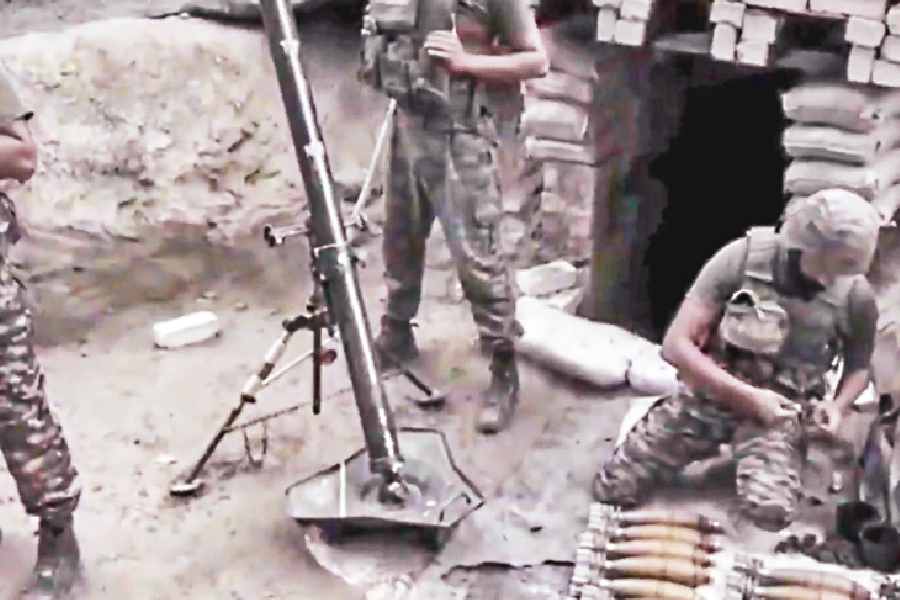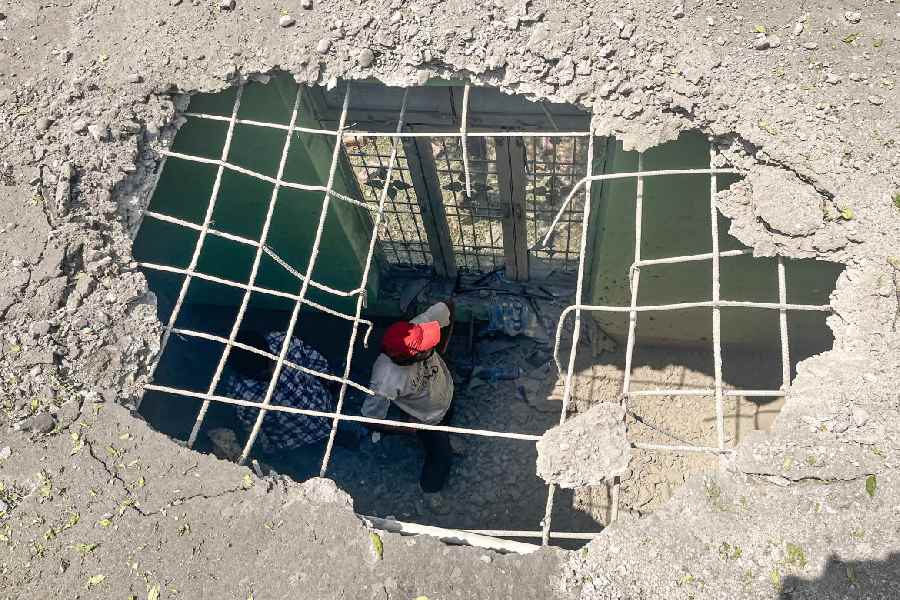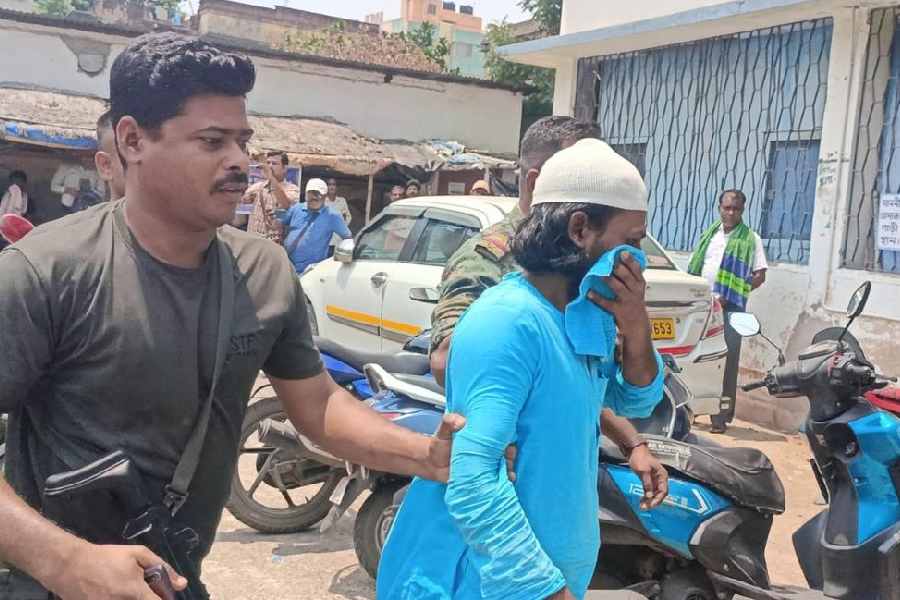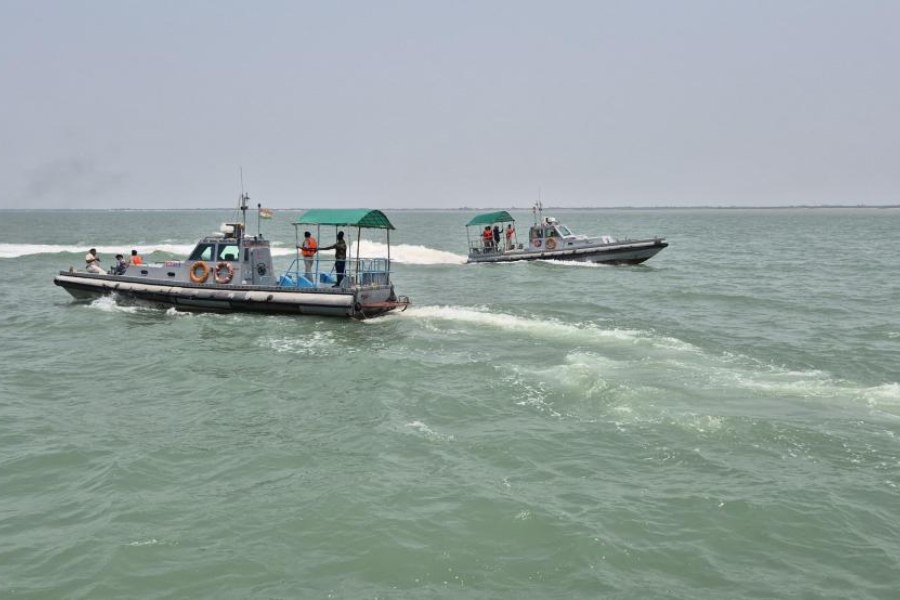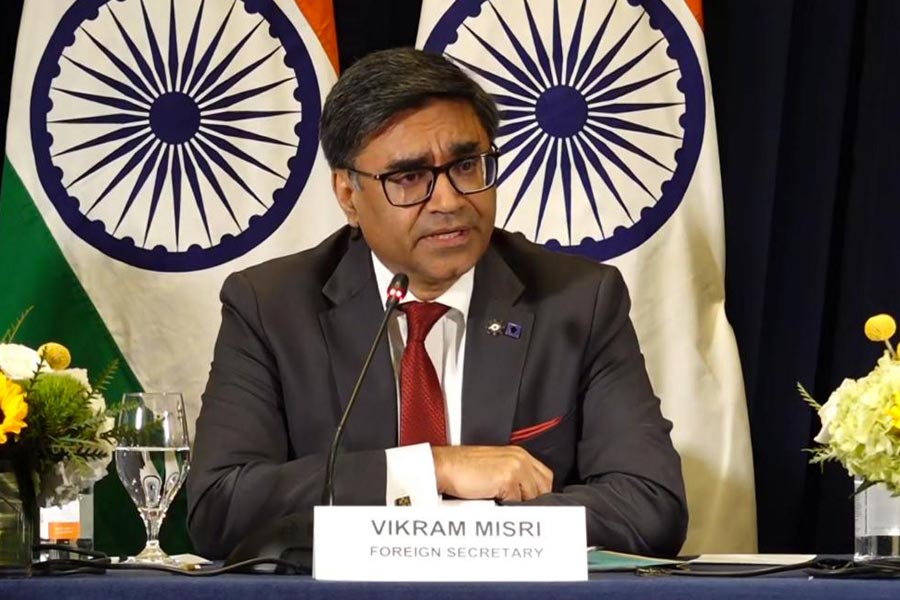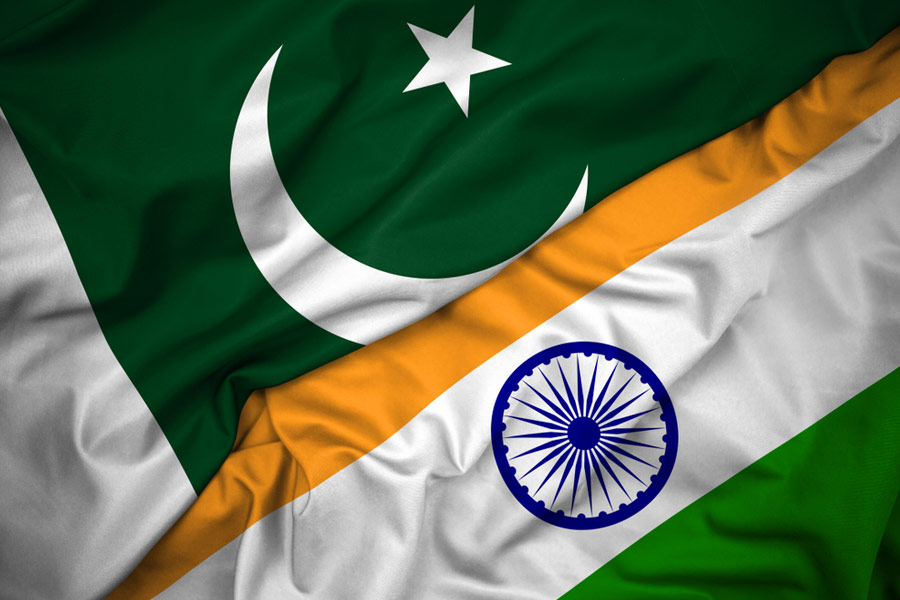 |
• March 9, Sunday
• Korakati, Sunderbans
“Ki re? Tora shob ready toh? (Are you all ready or not?),” asks Sugata Mitra in a warm and inviting tone as 24 children aged four to 14 huddle around the education scientist.
“Ek, dui, teen…(One, two, three…),” he counts each head, leading them through the glass entrance into what looks like a fun learning lab. The kids, who had never seen a computer before, settle quietly on the little red, blue and white stools.
“Ebar ja ichhe kor, aami janina (Do what you want to, I don’t know),” Mitra announces before stepping out, leaving the children baffled.
For the next ten minutes, they sit silently staring at the monitors, keyboards and mice. Then one of the kids gets fidgety. He picks up a mouse as another starts to press the buttons on the keyboard. One by one, they leave their stools to join the action as windows randomly pop up on the computer screens. This is just what Mitra wanted.
Over the next few minutes, the children are appropriately like kids in a toy shop. Some have managed to change the wallpapers several times over. Some chase animals on Farm Frenzy, others watch wildlife videos and a few even find the shutdown button and learn to reboot the machines!
It is, as Mitra puts it, “2000 BC to 2014 in 20 minutes”.
In the interior-most end of Dhamakhali in the Sunderbans — one-and-a-half hours by road, a 20-minute boat ride and an hour-long rickshaw ride away — lies Korakati, a village that had been hammered by Cyclone Aila in 2009.
Across the wet embankments, the roads get narrower, the bends sharper and the ride bumpier as you dodge chicken, goats, calves and children aimlessly criss-crossing your path till you finally arrive at this glass-walled structure bang in the middle of palm trees, mud houses and cowsheds.
This 20x20 ft learning lab reflects Mitra’s belief in the theory of “emergent order out of chaos”. In this village with limited electricity, Megher Koley School is powered by solar energy with a 40ft tall bamboo pole sticking out into the sky with a receiver on top to catch Internet signals.
This is TED prize winner Mitra’s “Area One”, or “the remotest of the seven School in the Cloud locations” spanning the UK and India.
Bishakha Gayen, from the nearby village of Dhuchnekhali, is here today to admit her eight-year-old son Himadri. “He will be able to learn English and the school is so beautiful. All made of glass!” she says.
Joyprokash Mondal has come because he doesn’t want his daughter to be ignorant like him. “I am jobless right now. Wherever we go in search of better jobs, they ask if we know computers, and we don’t. It’s the reason why our village is still so backward,” he says.
Sandhya Rani Mondal has brought along her six-year-old daughter and four-year-old son so that they can compete with their peers in the city. “Primary education is not enough. Computers and English are important for our children to be as prepared as city children,” she says.
Running around, trying to get Day One going, one of the volunteers sporting a blue paper badge cut out in the shape of a cloud exclaims: “This is a heavenly endeavour. We were looking at 50 children, but seeing the demand we might have to accommodate 300 a day!”
After their first-ever tryst with a computer, five-year-olds Bula, Shoubhagya, Dipannita and Moushumi step out of the glass chamber giggling in excitement.
“Jotobar oi botamgulo tipchhilam, toto bar khela berochhilo. Or bhitore aaro ki ki achhe dekhte chai (Whenever I pressed a button, a game would pop up. I want to find out what other secrets this machine holds),” trills Moushumi.
Roneeta Mondal, 14, is delighted to have found a cartoon and a video of horses, birds and fish while “playing” with the computer. “I had seen computers in the market and they always looked intimidating. But once I started playing today, it seemed quite easy,” she says.
If working on a computer for the first time has left the children fascinated, a frisson of excitement runs through the glass-walled room when three Grannies from the UK and Australia make an appearance on Skype. They are the “admiring adults” that Mitra has chosen to be his allies in this unique project.
Valerie, a 65-year-old from Loughborough in the UK, is trying to get the children to sing along with her as she holds up a picture of a red bus and goes: “Wheels of the bus go round and round…swish swish swish… all day long!”
Far from the strict codes of conduct children are bound by in a conventional school ambience, the kids are being allowed to run riot on the computers. More their curiosity and excitement, wider Mitra’s smile. “What seems to be a chaotic situation is actually what is making the learning happen. One needs to understand the purpose of the disorder,” he smiles.
Mitra is accompanied by wife Sushmita and a small team comprising a project manager, research director, project co-ordinator and an area inspector.
Nitish Mondal, a native of Korakati working as a schoolteacher in Calcutta, introduces Mitra to the villagers as “our guardian angel who’s brought the light of education here”.
Somewhat embarrassed by the praise, Mitra is quick to grab the microphone and simplify for the audience the objective of his Megher Koley School. “You must have noticed that if you buy a new mobile phone and give it to a child, in a few days you have to take their help in understanding the features. If they do not need to go to a school to learn this, they can pick up history and geography by themselves too.”
For the wide-eyed residents of this remote village nestled in the mangroves, it’s an assurance that their children won’t be denied.





